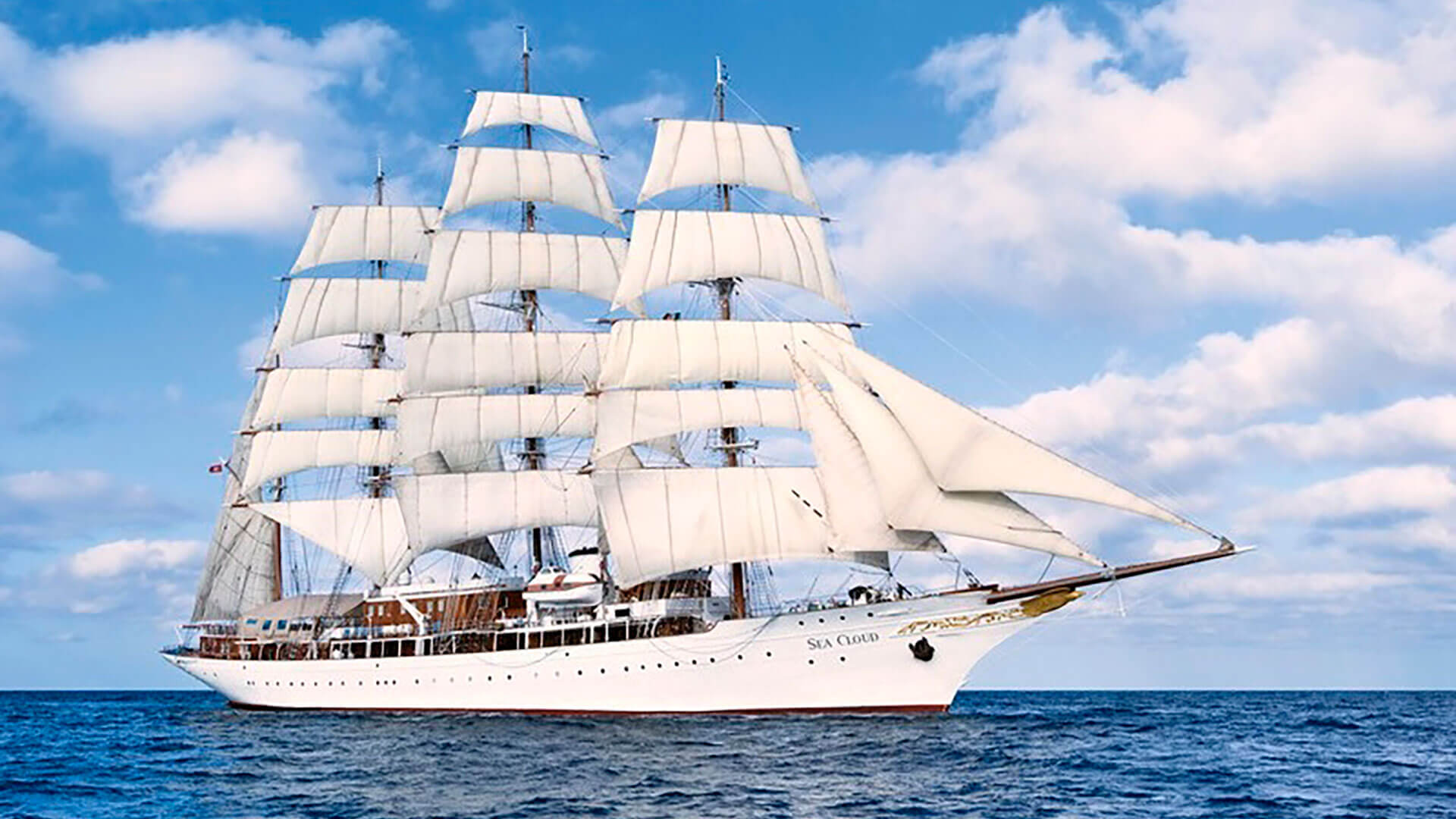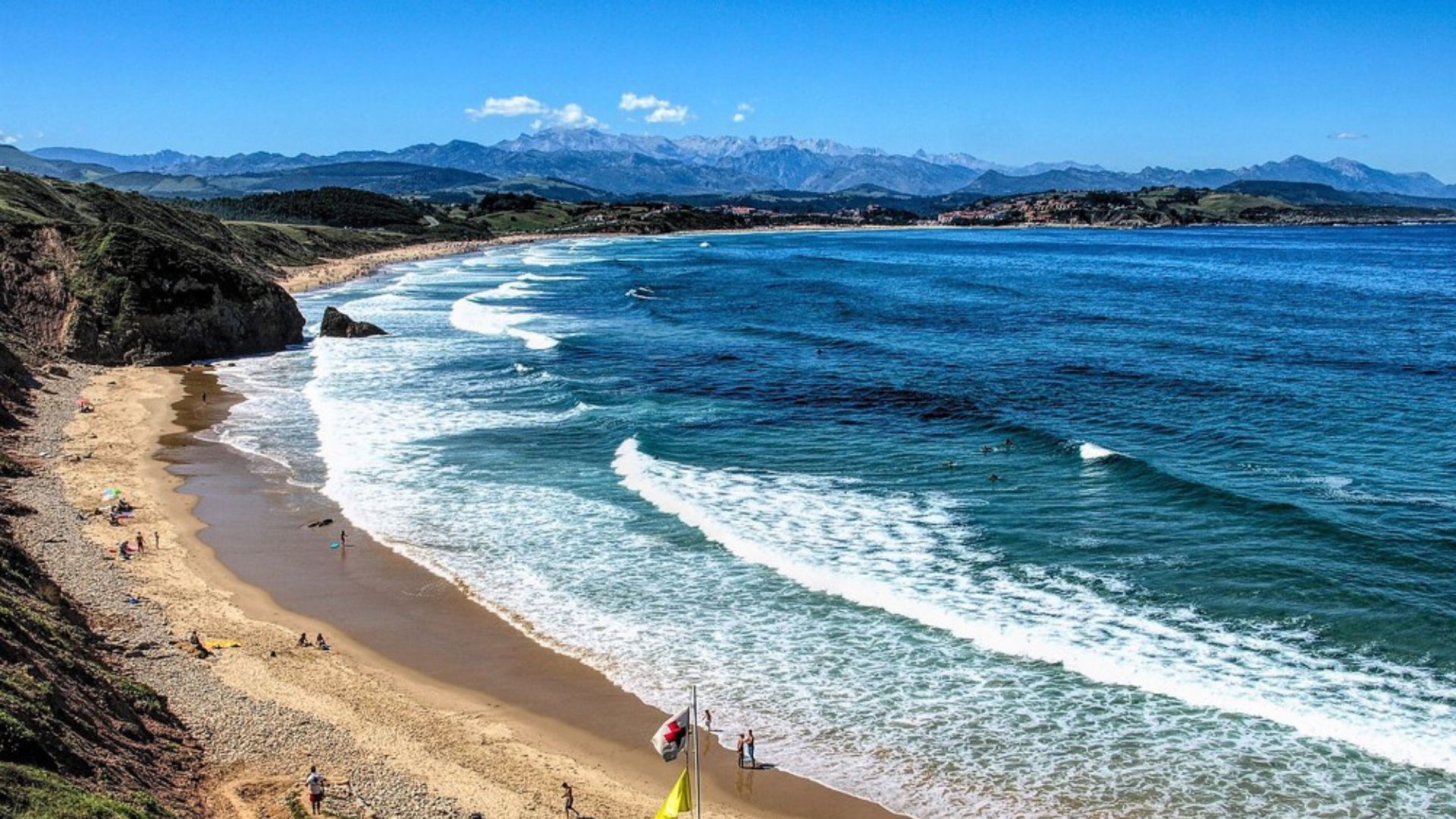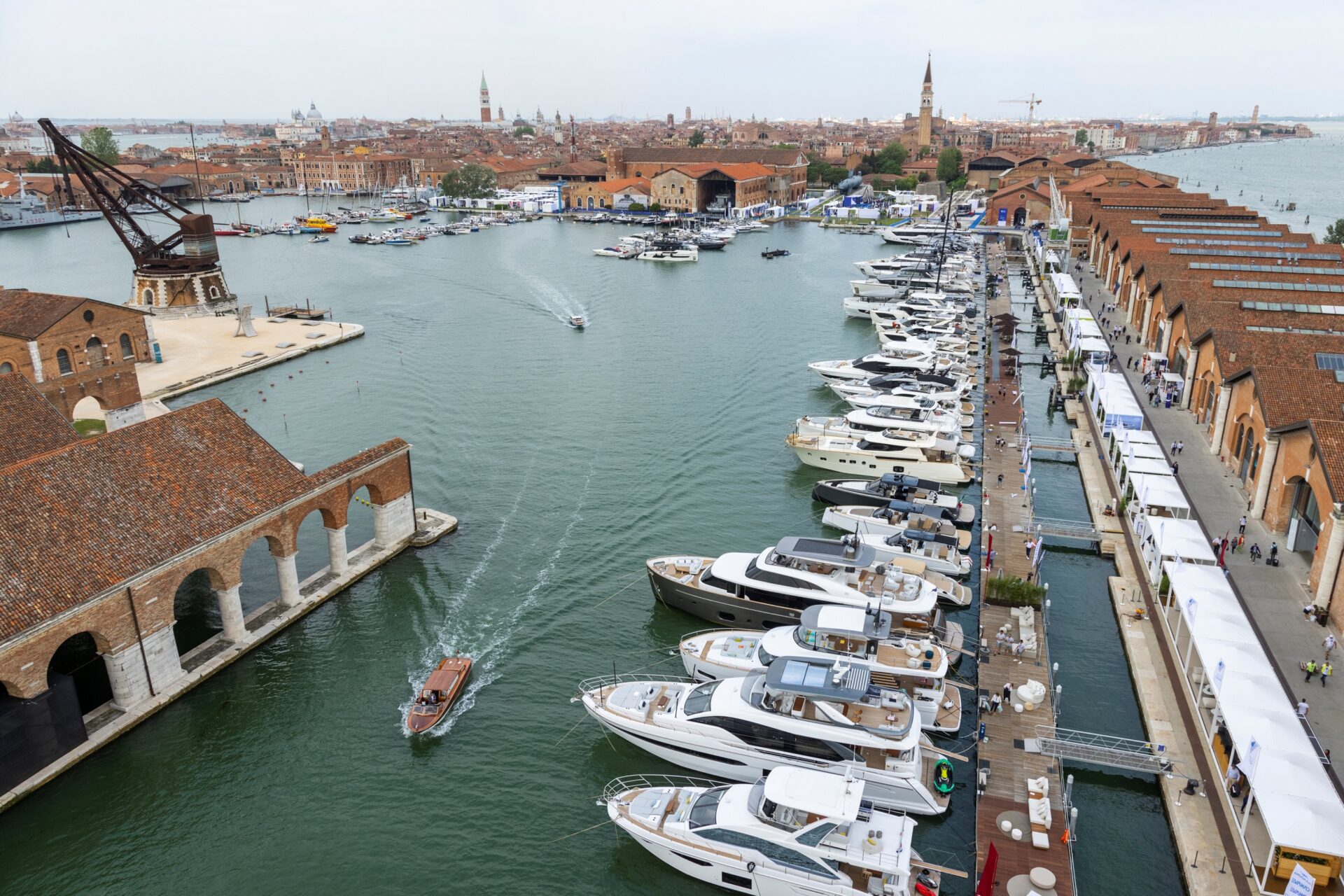
Teahupoo: meaning, how it is formed and how much it measures
In a secluded corner of the South Pacific, south of the island of Tahiti (French Polynesian island), lies a natural wonder that has captivated surfers and wave lovers from around the world. Its name is Teahupo'o, and it is much more than just a wave.
It is an impressive natural phenomenon that attracts intrepid surfers in search of extreme thrills. This wave is known to be one of the most powerful and dangerous waves in the world.
The Teahupoo wave is so spectacular that the World Surfing Championship (WSL) includes a major stop in Teahupo'o, Tahiti, known as the "Billabong Pro Tahiti".
This competition is famous for the challenging and spectacular conditions that Teahupo'o offers and is a crucial event in the WSL calendar.
What does Teahupoo mean?
The word "Teahupo'o" is of Tahitian origin and has a specific meaning in Tahitian. Teahupo'o is commonly translated as "wall of skulls" or "broken skull" in English.
Specifically, this name is from an ancient Tahitian king, who liked to "collect heads". The English meaning of the name Teahupoo, can give us a small idea of what can cause this wave, serious or even fatal injuries.
Teahupo'o also has a cultural significance in Tahitian history. For ancient Tahitians, the site where Teahupo'o is located was considered a sacred and mystical site. It was an area where important ceremonies and rituals were performed. Its name also suggests the reverence and respect that Tahitians had for this place.
Serious accidents while surfing Tahiti's most famous wave.
Its meaning, "wall of skulls", fits it perfectly, as Teahupo'o has unfortunately witnessed several serious accidents in the surfing world due to its extreme conditions.
Unfortunately, both in 2000 and 2005, the island witnessed several horrific events, as two local surfers died in this wave: Thierry Vernaudon in 2000 and Malik Joyeux in 2005. In total there have been 5 deaths on the Teahupoo wave. Few are the deceased if we compare it with those who have suffered serious and important injuries.
© Ben Thouard
How is the Teahupoo wave formed?
The spectacular Teahupo'o wave forms thanks to a unique combination of geographic and oceanographic factors that make it unique and fearsome. Surrounded by the entire South Pacific Ocean, it faces gigantic waves that travel thousands of kilometers before hitting its reef with force.
What makes this wave special is all the swell coming from the south and, above all, the difference in depth when these swells reach Tahiti.
However, what makes this wave spectacular is its seabed, specifically its shallow coral bottom. As with the Nazaré wave, the seabed plays a crucial role.
The most impressive feature of Teahupo'o is the way the waves break over the coral reef.
The reef is sharp and shallow, and when the waves reach this point, they rise abruptly and collapse into a massive wall of water. This collapse creates one of the most perfect and deepest tubes in the surfing world, making it a tube lover's paradise.
The Teahupoo wave forms in the Teahupo'o Passage, a narrow strip of water that connects the open ocean to the Tahitian lagoon. The pass is narrow and features a coral reef that slopes sharply downward. As these large waves enter Teahupo'o Passage, the underwater topography acts like a funnel, compressing and accelerating wave energy. This causes a dramatic increase in the height and speed of the waves as they advance onto the reef.
How big are the waves at Teahupoo?
The waves at Teahupo'o are usually between 3 and 5 meters high, but on exceptional occasions, they have exceeded 7-10 meters in height.
In fact, there have been occasions due to the height and danger that a "Code Red" has been established in Teahupoo. This means that all water activities in the area will be suspended for at least 24 hours.
Generally, the wave is not feared for its height but for its power and speed. However, it usually has a perfect average size to be surfed.
So far, Code Red has been declared twice, in 2011 and recently in 2022. It was on those occasions that Teahupoo's largest wave was seen, reaching approximately 10 meters. Moreover, the French Marine Authority was forbidden, under threat of arrest, to enter the water.
From the first code red, which was decreed in the middle of the WSL Billabong Pro Tahiti, "Code Red" has been produced, a short documentary where we can see and explain what happened at that time. Something that was revived 11 years later.













_v2.svg)
_v2.svg)









_v2.svg)


